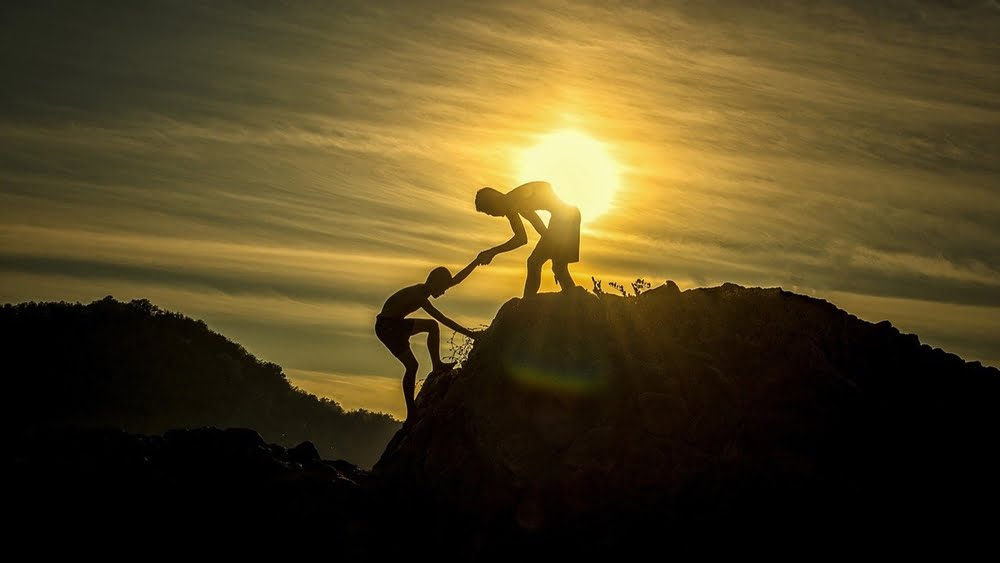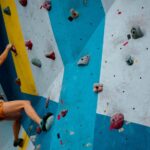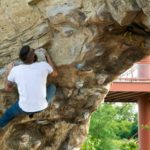With plenty of indoor gyms to train at, rock climbers are stronger than ever. It is not a secret that rock climbing is half technique and half strength. Both come from properly applying yourself to a training regime specifically tailored for climbing.
However, unlike other sports, the science behind training for climbing is still in its infancy. Even though the industry is booming at the moment, there is no fixed training routine that climbers and their coaches follow. Every coach has a different approach to improving power and technique. Most of these routines have been established based on training histories of other sports including weightlifting, gymnastics, and running.
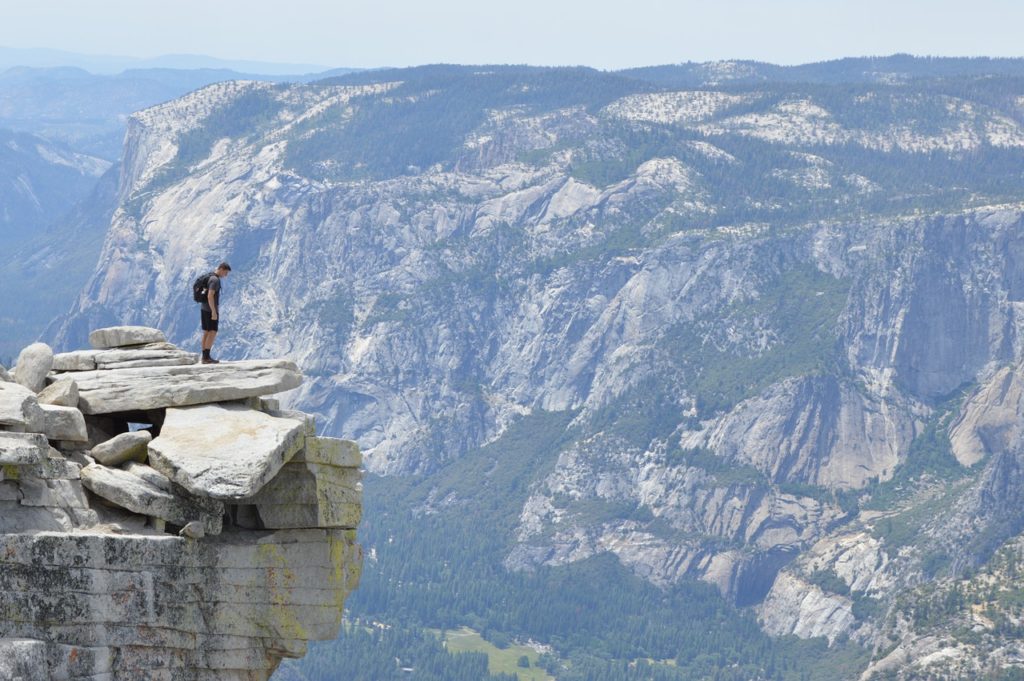
As Eric Hörst, the author of Training for Climbing puts it,
“There are a lot of coaches still employing outdated training strategies that are based on dogma more than science.”
Another rock-climbing coach Mark Anderson, co-author of The Rock Climber’s Training Manual, says,
“This era feels similar to how it was for me as a high school runner in the early 1990s. Good information was out there if you knew where to find it, but many coaches weren’t particularly interested in looking. The little scientific study occurring at that time was typically done informally, or at least not very rigorously, and the ‘researchers’ were testing their own theories on a small group of their own athletes.”
Climbing coaches have been refining their methods for years now. However, these changes are only backed by tests and trials, not by scientific studies. We are not saying that the current training methodologies don’t work, they do, but they are definitely not as effective as they can be if backed by more research-based data.
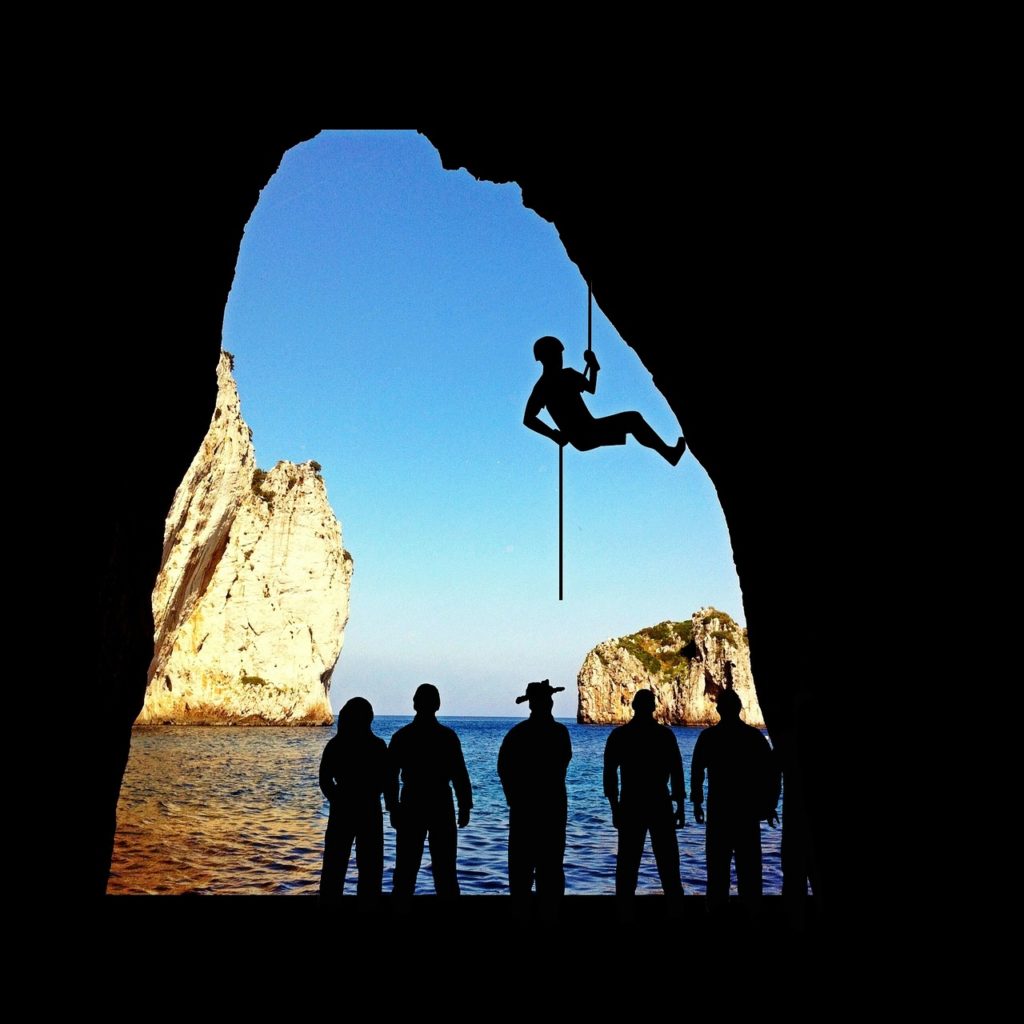
Whether you are an amateur climber or someone who has been climbing for years, rock climbing is a physically and mentally demanding sport that requires extensive training. The key to developing the required strength and technique is consistency.
According to Trevor Swaine, C.P.T. and founder of First Ascent Fitness,
“Most movements in climbing are very controlled and fluid, therefore, we want to maximize muscle contractions and minimize the generation of momentum.”
This can only be achieved by staying committed to your workout and training regime.
Here are a few tips that can help you get better at rock climbing:
Work on your local endurance
The first thing you need to work on as a rock climber is your local endurance. For the uninitiated, local endurance is the ability to stay on the wall for extended periods at a certain grade. It is basically a muscle group’s ability to sustain effort over a period of time. One of the main reasons climbers lack local endurance is the inhibited flow of blood to their forearms.
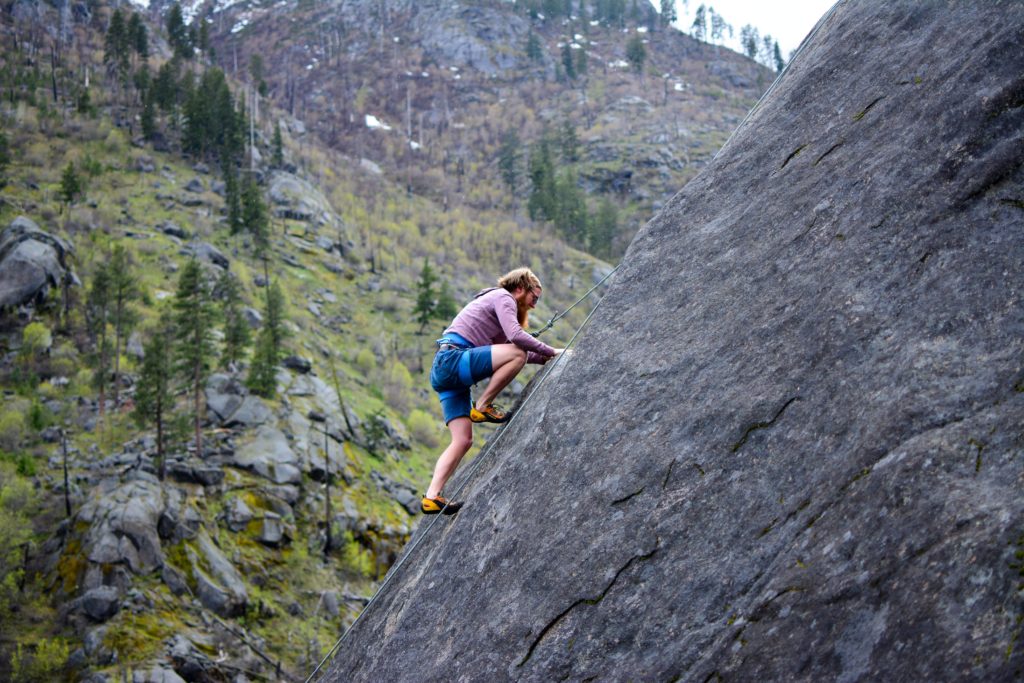
The best way to develop more of the tiny blood vessels in your forearms and to improve your local endurance is by Aerobic, Respiration, and Capillarity training or ARC training. It is usually done by climbing easy terrains for 15 to 45 minutes every day maintaining a light pump (when fiber muscles lock up and squeeze tiny muscles in forearms shut).
By climbing terrains below your limit, you will develop more small blood vessels in your forearms and the remaining ones will become wider. These changes will make it harder for the pump to settle in, improving your overall local endurance.
Improve finger strength
Rock climbing requires you to fire up a lot of different muscles from your forearms to your feet. The climbing part gets rather difficult if you have weak fingers and cannot grip the holds. Finger strength training is imperative for climbers who want to progress to higher grade climbing.
While climbing, your fingers remain static as they hold on to a grip or a crevice. The best way to train your fingers and improve your handgrip strength is by hangboarding.
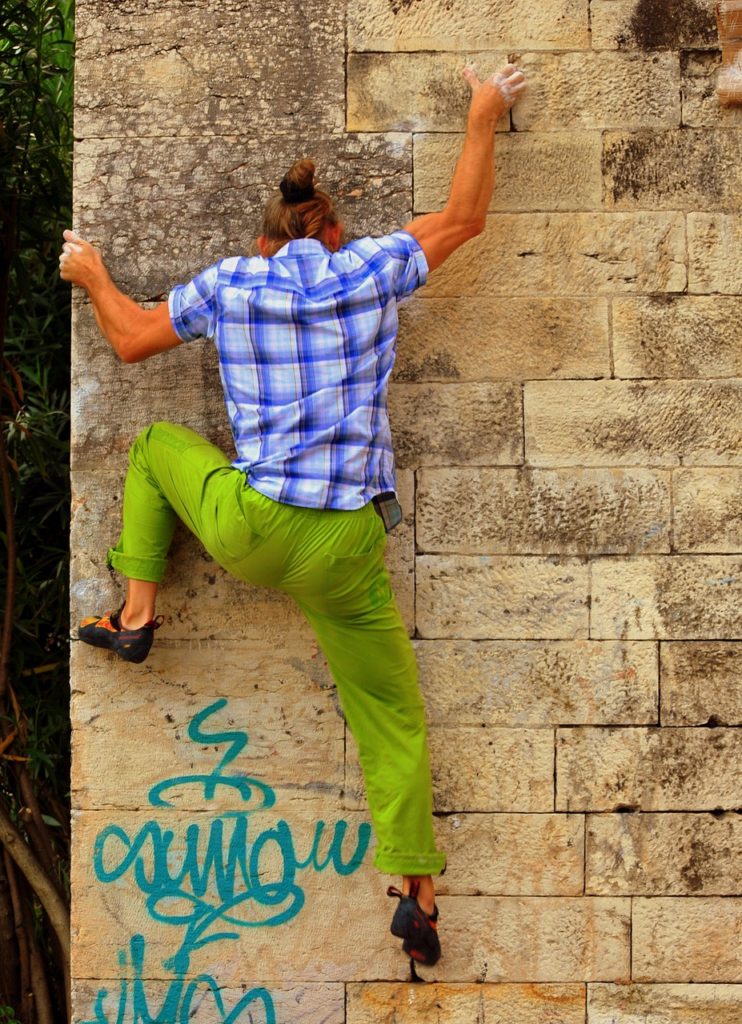
Note that individuals with weaker joints and previous injuries should consult a physician before starting hangboard training.
The best part about hangboard training is that once you have figured out a training regime, you can mount a portable hangboard at your house and go about your training as you please. Experts believe that hangboard training done in combination with climbing twice or thrice a week is the best way to build finger strength.
Increase power and power endurance
Rock climbing requires you to make swift, powerful, and dynamic movements up a rock face which requires power and power endurance. You require power to generate motion and endurance to latch holds after big moves especially when you are traversing over different terrains.
For vertical and slightly overhanging terrain you can generate power using your legs, hips, or your core. However, for steeper terrains, you have to use your upper body strength.
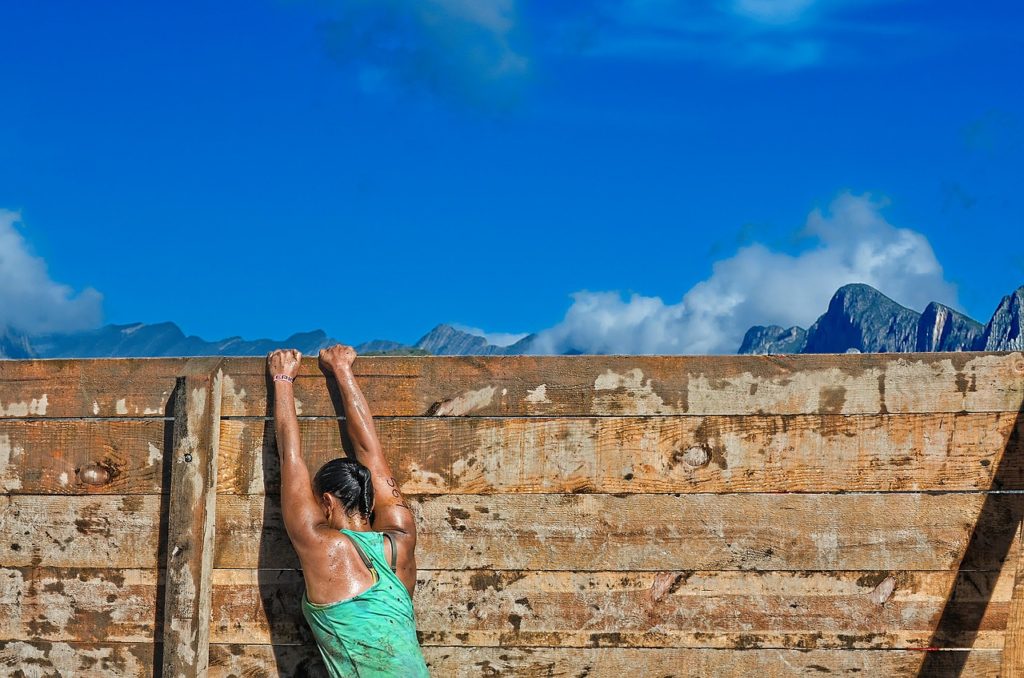
The development of power also greatly depends on contact strength. If you lack contact strength you might find it hard to grasp onto crevices and holds which will prevent you from making explosive movements needed to ascend.
Experts believe that the campus board is the most feasible way to help climbers gain power and power endurance. However, if you don’t have access to a campus board, a hangboard works pretty well too. In any case, before starting your training on a hangboard or a campus board, do consult a physician.
Best training regime for new climbers
Usually, a typical climbing training regime for amateurs consists of:
- 15 to 30 minutes of bouldering or easy climbing.
- 20 to 25 minutes of ARC training.
- 20 to 30 minutes of hangboard or campus board training.
In case you are training at home, you can use a grip strength trainer or a stress ball to warm up your muscles. You can also do short dead hangs or the hangboard before beginning the actual training session.
Conclusion
The exercises and training methods mentioned above are focused on helping climbers train power but they will not help in developing the required technique. Nevertheless, there are methods to tweak your training such that it helps in developing technical movement while training power.
Even if you don’t want to invest in a climbing coach, you can easily come up with a regime and training sequence to develop both technique and skill.

